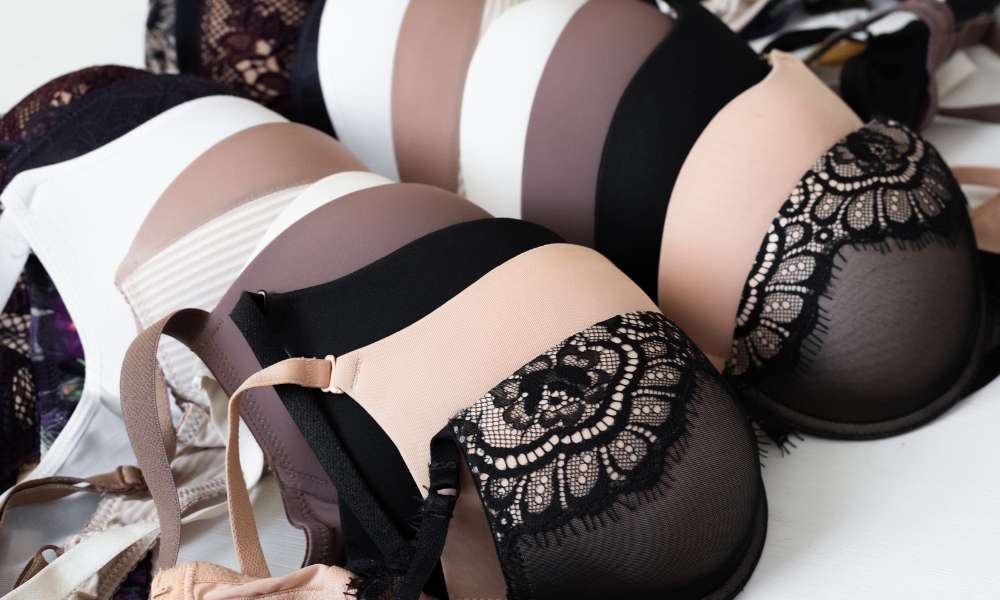How much will women's thongs really cost in 2025?
The lingerie market is evolving rapidly, with sustainability trends, material innovations, and changing consumer preferences all influencing pricing structures. As we approach 2025, understanding the factors that drive thong pricing becomes essential for making informed purchasing decisions. From basic cotton styles to luxury sustainable options, the price spectrum continues to widen, reflecting both quality differences and brand positioning strategies.

The women’s underwear market has experienced significant shifts in recent years, with thongs remaining a popular choice across all age groups. As manufacturing costs fluctuate and consumer expectations evolve, pricing patterns for 2025 are becoming clearer. Industry analysts predict that while basic options will remain accessible, premium segments will see notable price increases driven by sustainability initiatives and enhanced comfort technologies.
Current market trends suggest that the average price range for women’s thongs will span from £3 for basic styles to £45 for premium designer options. Mid-range products, which represent the largest market segment, are expected to settle between £8-£18 per item. These projections reflect ongoing inflation, increased material costs, and the growing demand for ethically produced garments.
Material Quality vs. Price: What You’re Really Paying For
The relationship between material quality and pricing has become increasingly transparent as consumers demand better value. Cotton thongs typically occupy the lower price bracket, offering breathability and comfort at affordable rates. Synthetic blends, including microfiber and modal combinations, provide enhanced durability and moisture-wicking properties, justifying their mid-range positioning.
Luxury materials such as organic bamboo, Tencel, and premium lace command higher prices due to their superior comfort, sustainability credentials, and manufacturing complexity. These materials often require specialized production processes, contributing to their elevated cost structure. The price differential between basic and premium materials can be substantial, with luxury options costing three to four times more than standard alternatives.
How Sustainable Fabrics Are Changing Lingerie Prices
Sustainability has emerged as a significant pricing factor in the lingerie industry. Eco-friendly materials, including recycled polyester, organic cotton, and innovative plant-based fibers, typically carry premium pricing due to their specialized production requirements and limited supply chains.
Brands investing in sustainable manufacturing processes often pass these costs to consumers, with eco-conscious thongs priced 20-40% higher than conventional alternatives. However, this premium reflects genuine value through reduced environmental impact, improved working conditions, and often superior product longevity. As sustainable production scales up, prices are expected to moderate while maintaining their quality advantages.
Will Premium Comfort Still Come at a High Cost?
Comfort technology integration continues to drive premium pricing in the thong market. Features such as seamless construction, moisture-wicking capabilities, and ergonomic design elements require advanced manufacturing techniques and specialized materials. These innovations typically add £5-£15 to the base price of standard products.
However, increased competition and manufacturing efficiency improvements suggest that premium comfort features may become more accessible by 2025. Brands are investing in technology that allows mass production of previously exclusive comfort elements, potentially democratizing premium features across price segments.
| Brand Category | Price Range (£) | Material Type | Key Features |
|---|---|---|---|
| Budget Options | £3-£6 | Basic cotton/polyester | Standard fit, basic colors |
| Mid-Range Brands | £8-£18 | Cotton blends, microfiber | Comfort seams, variety of styles |
| Premium Sustainable | £20-£35 | Organic cotton, bamboo, Tencel | Eco-friendly, enhanced comfort |
| Luxury Designer | £35-£45+ | Premium lace, silk blends | Designer styling, exclusive materials |
Prices, rates, or cost estimates mentioned in this article are based on the latest available information but may change over time. Independent research is advised before making financial decisions.
Market dynamics suggest that while basic thong options will remain affordable, the overall price spectrum will continue expanding. Premium segments are likely to command higher prices as brands invest in sustainability, comfort technology, and quality improvements. Consumer willingness to pay for enhanced features and ethical production methods supports this trend.
The 2025 thong market will likely offer unprecedented choice across all price points. Budget-conscious consumers will maintain access to functional, comfortable options, while those seeking premium features, sustainable materials, or designer styling will find expanded selections. This market segmentation ensures that pricing remains accessible while rewarding innovation and quality improvements that benefit both consumers and the broader industry.




